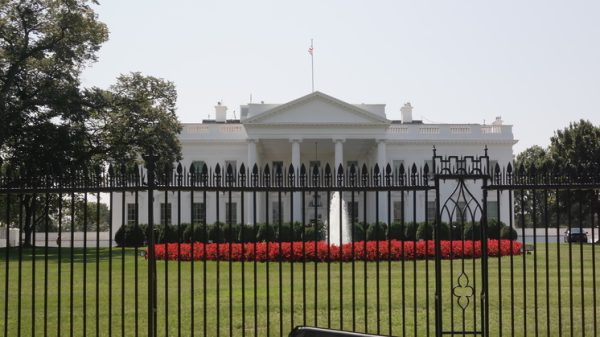The scientist considers there to be six
It is traditionally accepted that there were seven wonders of the world in the ancient world. But historian Bettany Hughes believes that in reality there could have been fewer of them.

In the 2nd century AD science fiction story by Greek writer Lucian of Samosata, the hero goes to the moon. Looking down, he can recognize the Earth only when he sees two of the seven wonders of the world — the Colossus of Rhodes and the Pharos Lighthouse.
According to the Daily Mail, although only one wonder — the Great Pyramid of Giza — remains more or less intact, the ancient wonders of the world still mean something today. In this book, historian and television documentary filmmaker Bettany Hughes explores the fascination that these «brilliant adventures of the mind» continue to hold for us.
There have been various, slightly different lists of wonders of the world over the centuries, but Hughes's book focuses on what might be called the canonical seven that are most often mentioned. The first and oldest miracle is considered to be the Great Pyramid, built as the tomb of the Egyptian pharaoh Khufu in the 26th century BC. Those who worked on it had to lift one limestone block every two to three minutes, ten hours a day, for at least 24 years.
And how magnificent, Bettany Hughes wonders, the treasures buried with Khufu would have been. All of them have long since disappeared, stolen by tomb robbers, but they must have been far superior to what was found in the burial chamber of Tutankhamun, a relatively insignificant pharaoh.
The second of the Miracles may not even have existed. The Hanging Gardens of Babylon retain their glory today, but there is very little evidence that they were real. Neither Xenophon nor Herodotus, two ancient Greek historians who almost certainly visited Babylon, mention them, Hughes notes. Some scholars now argue that if the Hanging Gardens did exist, they were located not in Babylon, but in Nineveh, the capital of the Assyrian Empire.
There is no doubt about the reality of other miracles. “The sun never shone on anything that could compare with this,” wrote one visitor to the Temple of Artemis at Ephesus. Rumored to be the largest building in the ancient world, twice the size of the Parthenon, it has been destroyed and rebuilt several times.
One of its patrons was Croesus, a man so wealthy that his name is still synonymous with fabulous wealth.
This structure remained a tourist attraction for almost a millennium. Ancient visitors could purchase mini-temples of Artemis, just as mini-Big Bens can be purchased in London today.
Size mattered to the ancients, notes Bettany Hughes. The statue of Zeus at Olympia, the only natural wonder on the Greek mainland, was the size of a three-story house.
Its creator, Phidias, is reported to have asked for the approval of the king of the gods when it was completed. Zeus sent down lightning. (How he would have reacted differently if he had not approved is unclear.)
The tomb of Mausolus, ruler of Caria in what is now southwestern Turkey, was so impressive that it deserved to be mentioned as a miracle. It was rediscovered and plundered a few years after the man's death in 353 BC, but his name lives on. We still call a great piece of funerary architecture a «mausoleum.»
Another miracle, the Colossus of Rhodes, became, in Hughes' words, «legendary within weeks of its completion.»
More than 100 feet tall, with an iron skeleton and bronze shell, it stood guard over the island for only 60 years before it was destroyed by an earthquake. The earthquake also destroyed the last miracle — the Pharos lighthouse in Alexandria, long considered the second tallest structure in the world. It finally collapsed in 1303 AD, almost 1500 years after it was built.


























































Свежие комментарии